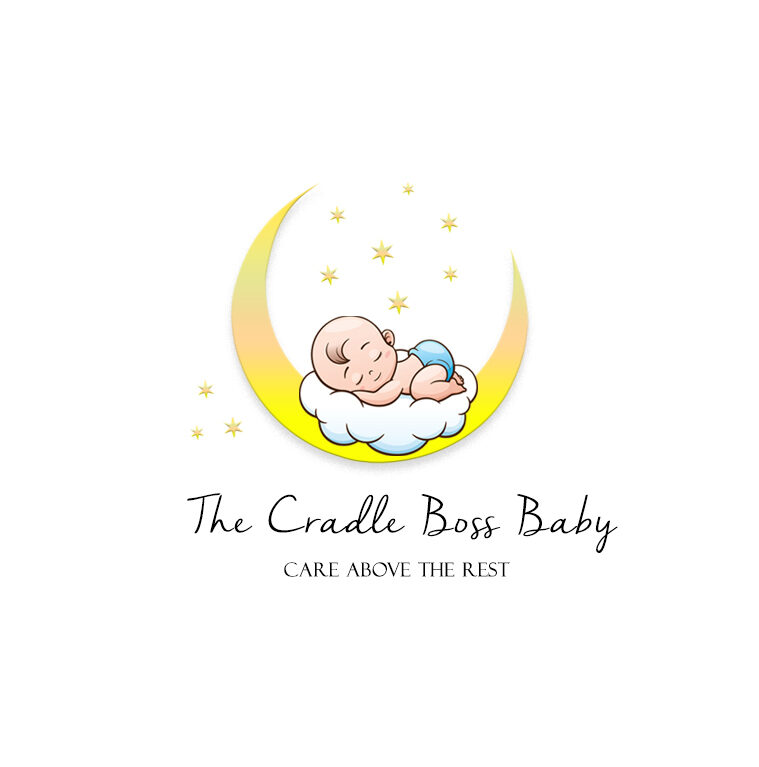When you’re a new mom, let’s face it – you automatically signed up for a full-time, goo-goo-ga-ga gig. Step up new boss, you’re balancing both baby and book in hand. Here are the top 10 tips on how to breastfeed and breastfeeding positions that will become second nature in no time.
5 Ways to Breastfeed:
Skin to Skin: According to various medical studies, skin-to-skin contact immediately after delivery stimulates the most milk production. The Royal Women’s hospital encourages mothers to hold their babies skin-to-skin for the first hour of life. These efforts promote special bonding between mother and child, as well as encourages babies to feed more frequently.
Don’t resist, become resilient: Nipple pain, improper latching and incorrect positioning can all be easily solved, assuming you are patient. Always note to align your baby’s nose with your nipple; therefore your baby’s mouth can cover as much of the areola as possible.
Time to Buy a New Bra: Besides a breast pump and bottles of course, a proper nursing bra is a staple item to have in your nursing arsenal. We suggest buying a larger size as your breasts may continue to grow after birth. Breast pads are a secondary staple to prevent milk from leaking in unwanted places. You may even like a nursing pillow for additional comfort.
Power Pumping: According to Mayo Clinic, mothers who are breastfeeding should consume an additional 500 calories per day. Eating a nutritional diet and staying hydrated are two of the best ways to encourage milk production. Power pumping is defined as a method where mothers utilize a breast pump to collect breast milk after nursing a child. There are two ways to go about this: use the breast pump 20 minutes after nursing or use a breast pump for 10 minutes. Then, rest for 10 minutes and repeat that cycle for an hour everyday. If you are unable to do so, please understand that supplementing your breastmilk with formula may help in some cases as well.
Less on the Stress: The more you stress, the less you milk. Did you know that your baby can sense high stress levels from you? So much so that your milk production is highly likely to diminish. Seek comfort. Listen to soothing music. Take a warm shower. And remember, when your baby is sleeping…so are you!
5 Breastfeeding Positions:
Laid-Back Breastfeeding: Also known as biological nursing, this is mom’s first try. First, start by placing your baby on your chest or stomach. Then, he/her will begin to instinctively walk towards your breasts and “latch” on. A breast crawl helps stimulate a baby’s feeding instincts using “skin-to-skin” contact. This method can work well with babies of any age. We recommend a slight recline, rather than lying fully down on your back for the best comfort for you and your child.
Cradle Hold: Ready to be a cradle boss? This is the most classic and popular position portrayed in the media. While you are sitting down, place a pillow behind you and sit upright. Having your baby positioned on his/her side, their head should lay on your forearm and body on your stomach. However, be sure to not lift your baby too high to avoid strain or soreness on the nipples.
Side-Lying Position: Sometimes, babies may suffer from a “tongue-tie”, a condition that restricts the baby’s tongue range of motion. The side-lying position is best for this as your baby may not be able to attach any other way. First, start by lying down with your baby on the bed. Have your baby face you, belly to belly. If you are suffering from pure exhaustion, this is the most comfortable breastfeeding in bed position for you and your child.
Rugby Ball Hold: This early nursing position provides the most control for you. First, sit with your baby resting on your forearm. Second, place your baby’s feet towards the couch or chair, with his/her body alongside you. This will help your baby feel safe and secure. The double rugby ball hold is best for twins, as mothers can feed them at the same time, hands-free.
Koala Hold: If you have a baby that suffers from ear infections, reflux or has low muscle tone, this is the best breastfeeding position to provide the utmost support. In the koala hold, sit upright, while your baby sits straddling your thigh. Your baby will have his/her head upright as he feeds. This position is also best for older babies who can sit unaided.
——————————————————————————————————————————————————————————————————————————————————-The Cradle Boss Baby is the #1 resource for new and current parents to help break down the best practices for pregnancy, parenting and beyond. Our team is composed of highly-skilled childcare specialists, nannies and caregivers (some who are parents themselves!) to best support and understand your needs as a new parent. Stay tuned for Part 7 of our “What to Expect When You’re Expecting” Series in August!





